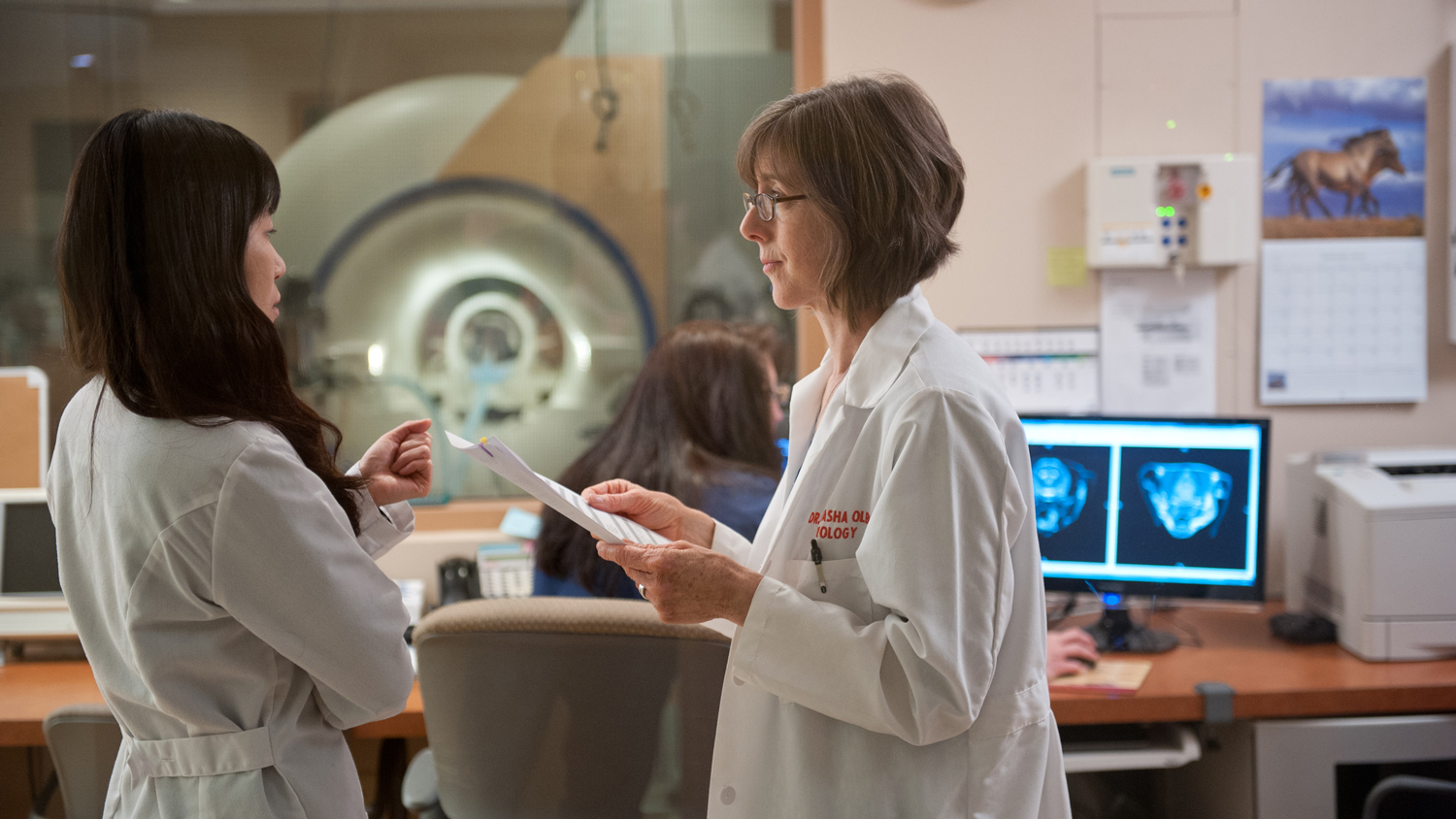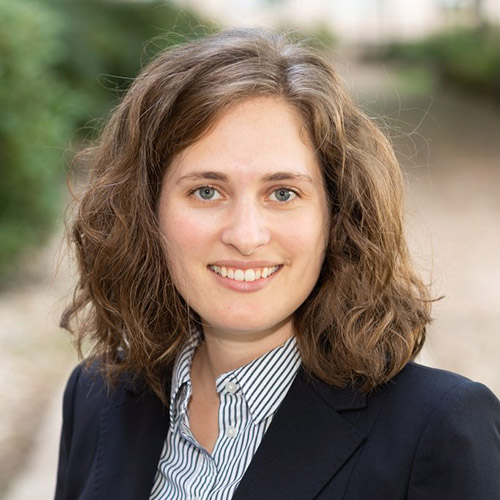
Translational Predictive Biology
Our vision is to seamlessly integrate data analytics/artificial intelligence and engineering with biological systems to predict in vivo responses from in vitro systems and transform the way we solve today’s grand challenges in animal and human health.
About
Cluster Type
Chancellor’s Faculty Excellence Program cluster
Cluster Coordinator
Cluster Colleges
Translational Predictive Biology, defined here as the use of data generated from in vitro systems to predict human and animal clinical outcomes, is a rapidly growing field that requires comprehensive interactive approaches in divergent areas including stem cell biology, organoid biology, microphysiological devices (organ on chip), drug delivery, biomechanical modeling, organismal physiology and data analytics/machine learning. Cluster faculty will work together to develop predictive methods and translate them to better clinical applications.
Expertise in the following areas will allow for greater advancement of novel ideas and methodologies.
- Multi-modal data integration and fusion, machine learning/artificial intelligence for applications to multi-omics and mathematical modeling of complex biological systems.
- Quantitative molecular and cellular methods and their application to the development of novel stem cell and organoid-based models for predictive biology.
- Pharmaceuticals and biotherapeutics delivery methods, and development of predictive models for assessing and improving drug delivery.
- Microfluidics, biomaterials, biosensor technology, and/or their combination to develop novel cell-based microanalytical systems (organ-on-chip) that can more accurately predict in vivo behavior.
- Whole animal (organismal) physiology and biomechanical modeling as a way to assess drug safety and efficacy.
Impact
By being able to use in vitro systems to predict clinical/environmental outcomes translational predictive biology’s influence will be far-reaching and broad and will impact fields such as regenerative medicine, drug development, personalized medicine, biomanufacturing, and environmental biosensing, among others. By being able to predict in vivo responses using in vitro systems we can reduce the use of animal testing as well as the time and cost of product/drug development.
With the creation of this cluster, coupled with the present levels of expertise in the Comparative Medicine Institute, the Integrative Sciences Initiative, the College of Engineering, the College of Science, and the College of Veterinary Medicine, NC State is well-positioned to educate future scientists in translational predictive biology and to share innovative discoveries. Our goal is for this cluster to be the catalyst for the creation of the Center for Translational Predictive Biology at NC State.
History
As alternatives to traditional in vitro and in vivo models, in vitro culture systems, including organoids and organ-on-chip, have been evolving in their overall capabilities, reliability, and cost-effectiveness. Additionally, the exponential increase and reduced costs of computing power, combined with increasingly complex and innovative data analytical methods, have resulted in significant advances in machine learning (ML) as a tool to predict the behavior of complex systems. As a result, ML and other novel computational methods have made inroads in predicting in vivo behavior from in vitro data. Yet, these methods have not been broadly implemented in an integrated manner mostly due to the complex and multi-faceted nature of the disciplines required to develop, validate, and implement these systems and the deep team integration required. This cluster presents a unique opportunity to bring together experts in each of the required areas to develop a highly integrated initiative that can successfully tackle this grand challenge and develop disruptive solutions that, due to their complex and ambitious nature, cannot be achieved through smaller, disconnected efforts.








